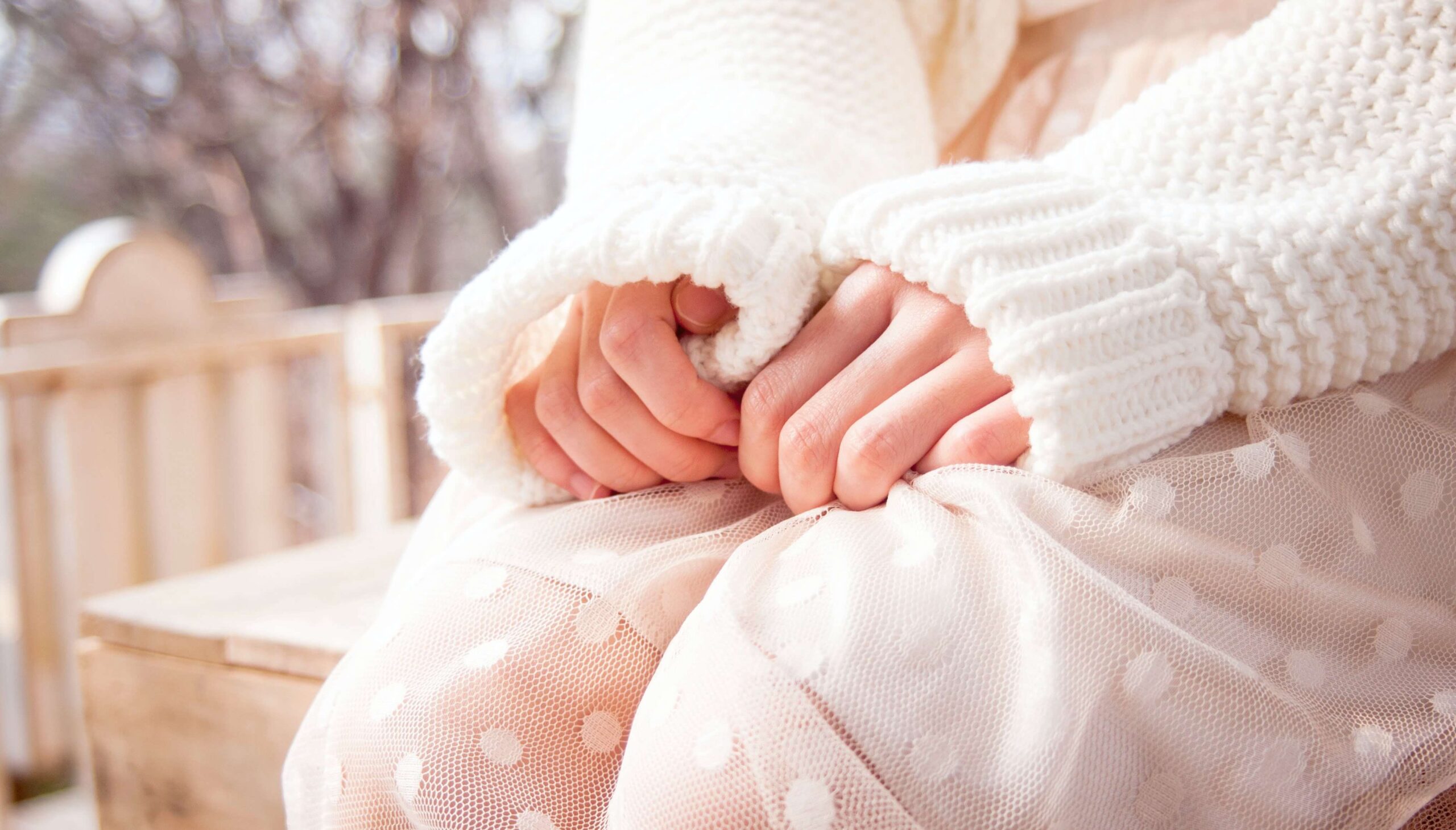
Autism, or Autism Spectrum Disorder (ASD) is a lifelong developmental disability that it is said affects more than 1 in 100 people according to the National Autistic Society. The disorder mainly affects how people communicate and interact with the world around them. By that estimation, there are around 700,000 autistic adults and children in the UK alone meaning that the definition of autism can vary from person to person. The term itself has changed over the decades and will no doubt continue to evolve as we understand and learn more about the disorder. Some argue that the spectrum is far too broad when comparing an autistic person who needs 24/7 support to someone who is easily overstimulated around loud noises. However, when speaking about autism and the spectrum there is a much bigger issue at large. It has been speculated that autistic people were overwhelmingly men and boys as the disorder was very rarely found in girls. But this is false. Modern research may be catching up to the realities of life for autistic girls, but many barriers remain. In this blog, we look at autism in girls and the inequality of getting a diagnosis.
It is possible to get a diagnosis of ASD at any age although it typically happens in childhood. A child can be diagnosed with Autism Spectrum Disorder from as young as 18 months. However, it is possible to be diagnosed later in life as an adolescent or adult. In these cases, it means that people with ASD might not get the early help they need.
Please note that these are just a short list of signs of Autism Spectrum Disorder. For a more detailed understanding see our blog on Autism: Diagnosis, daily life and communication.
Historically, the ‘typical’ signs of ASD were largely based on male-focused research. This meant that autistic women and girls don’t have the characteristics that fit with the traditional profile of autism. For example, one characteristic of autism is an intense and obscure obsession with something specific. If that interest is something stereotypically ‘girly’ like horses or dolls, it could easily be dismissed as normal. In contrast to something like trains or cars which are more male orientated.
Another reason behind the inequality in getting a diagnosis for girls is because of their ability to mask symptoms better. Learning how to smile or make eye contact, alongside a bigger interest in making friends. Masking is when someone with ASD performs certain behaviours to suppress others in order to appear more like the people around them. As young girls this can present as copying how other children behave and play. Or when older, copying people who don’t have autism. It can also look like showing fewer repetitive behaviours and being quieter and hiding their feelings. All of this can result in girls appearing to cope better with social situations making ASD harder to spot in girls.
A lot of the time, autism in girls is misdiagnosed as other disorders such as social anxiety and Attention-Deficit Hyperactivity Disorder (ADHD) which can look similar on the surface. This is due to the social aspect of autism that many girls present. Cultural beliefs and biases also contribute to missed autism diagnoses. As girls are expected to behave quieter and be less assertive than boys their lack of social skills and quiet nature might be perceived as ‘feminine’ compared to boys. This is less likely to be flagged in comparison.
When girls with autism don’t get diagnosed, they miss out on vital support that can help them understand the challenges they face. It can be exhausting masking all day to try and fit in with others which can lead to further mental health problems. This is why getting diagnosed as early as possible is important so that the correct support system can be put in place.
However, there is hope at the end of the tunnel. Improvements have been made towards shortening the gap between diagnosing boys and girls. Overall, this includes new strategies for improving ASD recognition in girls. In 2018, Australian organisation AutismCRC launched a brand-new set of national guidelines. These were created to help increase early diagnosis of girls with autism alongside clinical best practise and a new diagnostic standard. Hopefully, following an increase in autism awareness in recent years, more research can be done to make getting a diagnosis for Autism Spectrum Disorder much easier for girls and young women.
At Northern Healthcare we provide bespoke enhanced supported living for individuals on the autism spectrum. Depending on where a person sits on the spectrum, the clinical support required from the team will vary. But rest assured, all residents are entitled to 24/7 support built together with their support networks to improve functional capabilities. Our technologically advanced system allows us to tailor an individual’s experience for them, noting down their likes and dislikes, and which environments they feel most comfortable in. This all culminates in a positive experience that promotes independence and opportunities for personal development and growth. Learn more about our support model here.